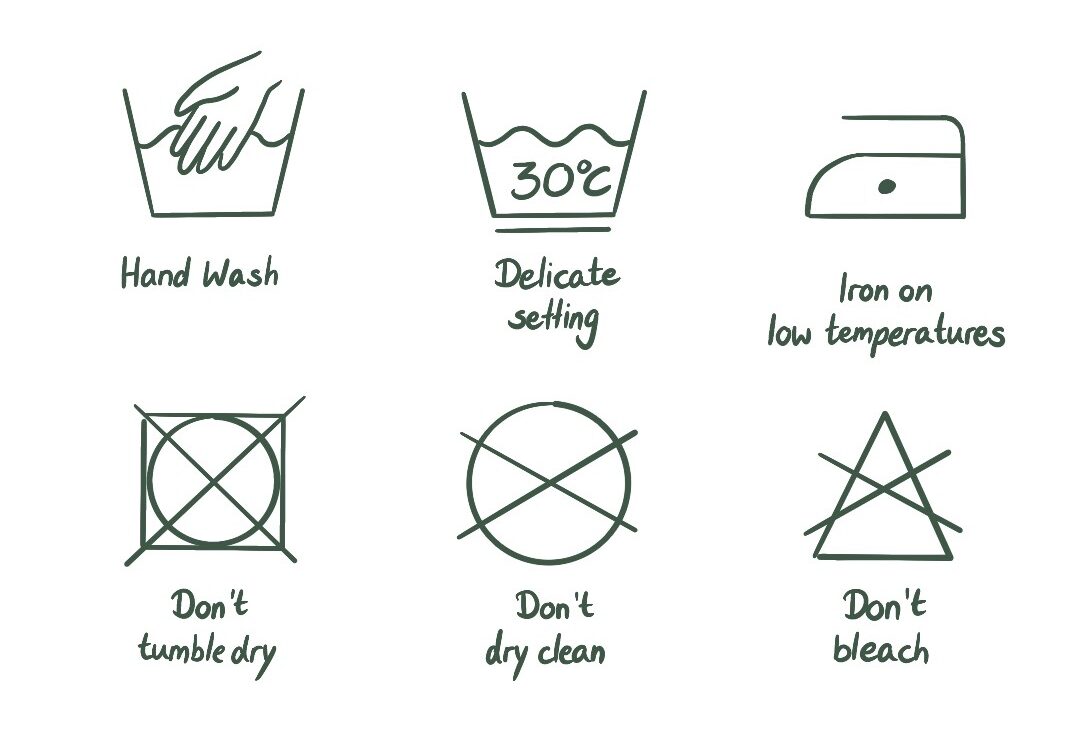MATERIALS
upcycled pre- and post-consumer wasteWhile there is a big range of sustainable fabrics nowadays, there is also a huge problem with textile waste and Woodcabin wants to address that. The first step in creating a new product is the selection of high-quality materials from pre- and post-consumer waste. Read on to learn what exactly that means and where I’m still improving!
Material Selection
All fabrics Woodcabin uses are upcycled from pre- and post-consumer waste. Those are fancy words for fabrics that have been discarded either before being made into a product and used or after. For Woodcabin that means that all products are made from deadstock fabric, secondhand clothes or leftover material from former projects or other makers.
At the moment most of these fabrics are made from natural materials, but there are still synthetics in my storage, so I’m going to use those to keep them out of the waste stream instead of adding them to it. When those run out, no more synthetics will be used, unless they are 100% recycled in the first place. The exact materials each product is made from are always listed in their respective etsy listings and I’ve created a whole page dedicated to detailing every single material used for each product in my shop.
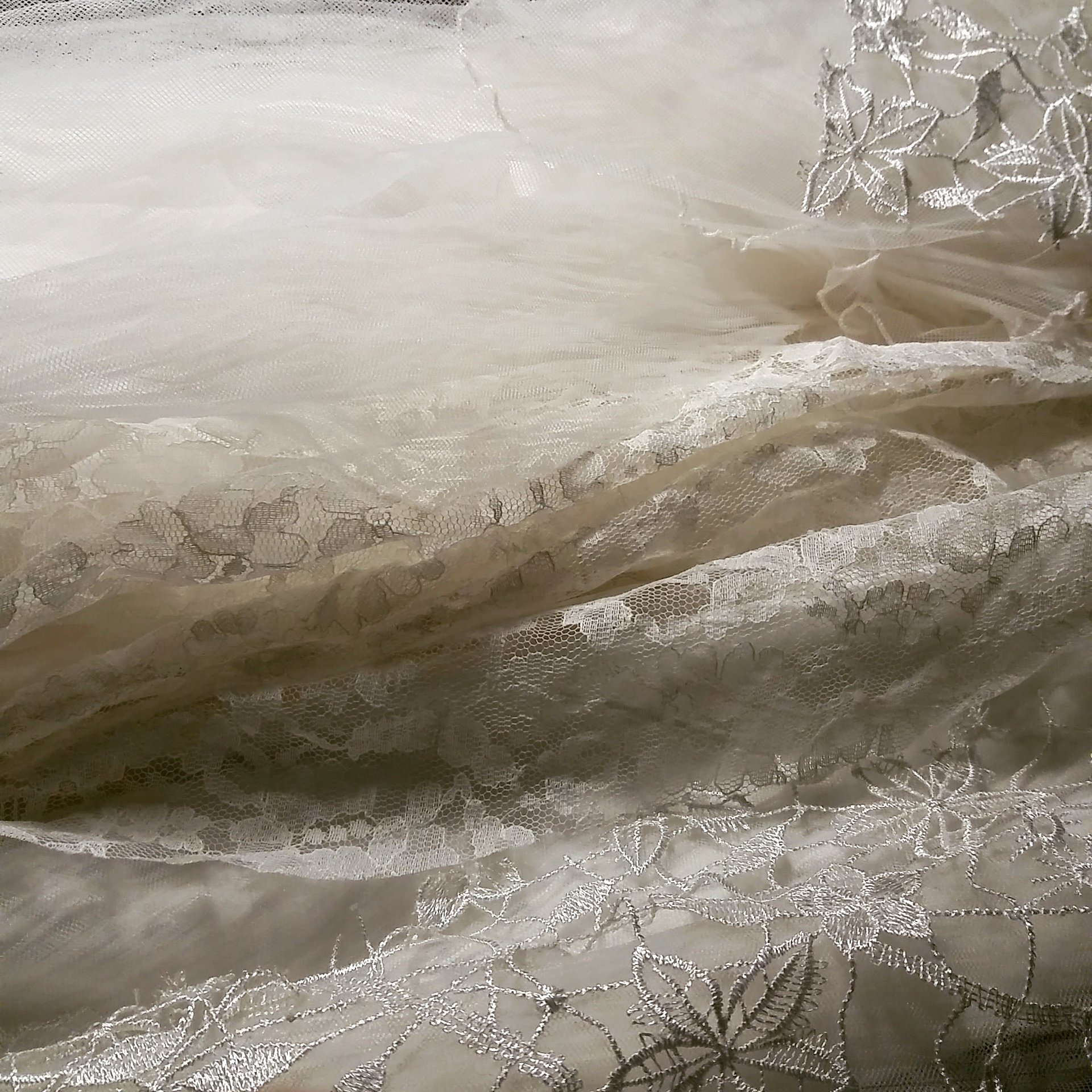
Where the materials come from
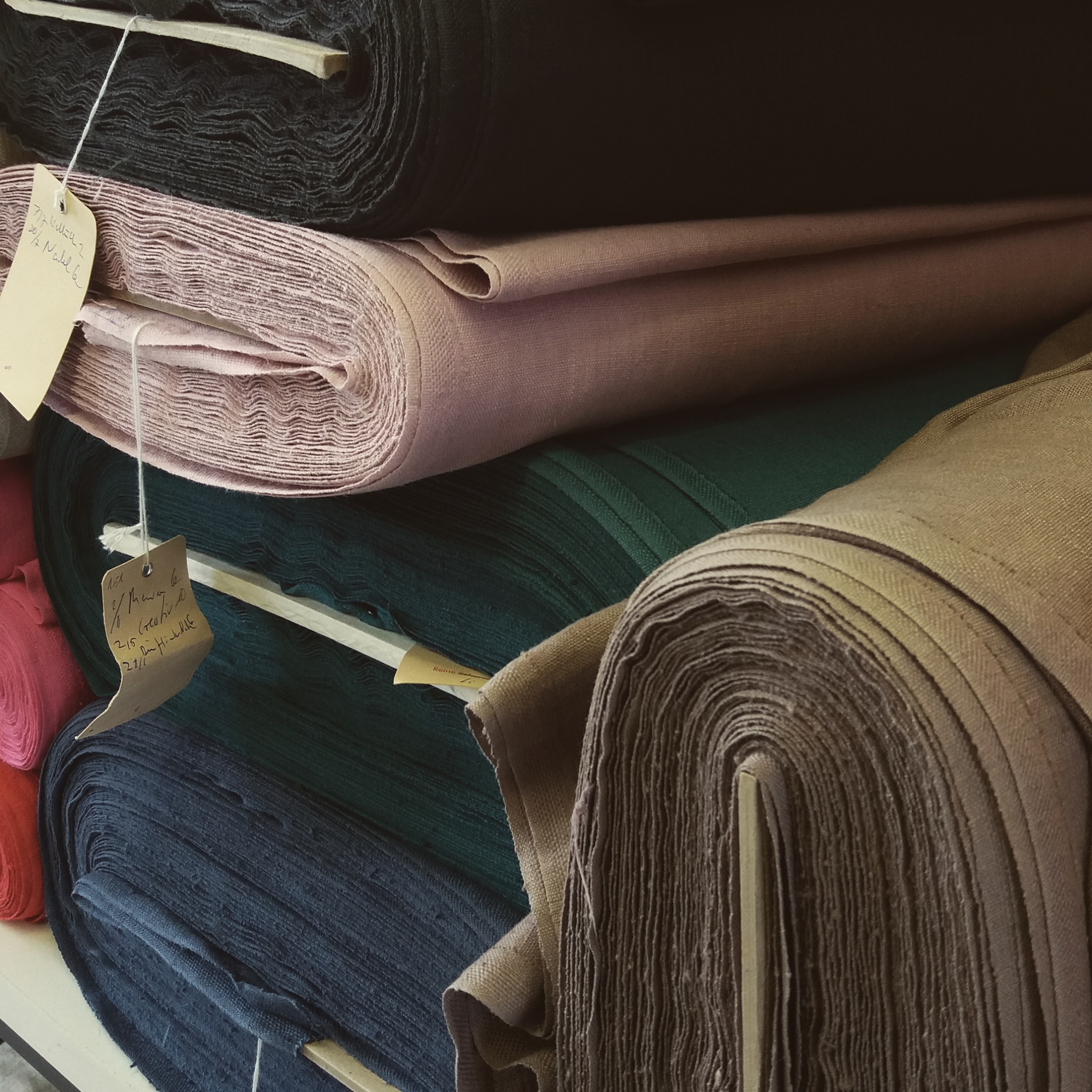
Deadstock Fabrics
Deadstock refers to fabrics that can’t be used for their original purpose anymore. That means that either they couldn’t be sold, have minor damages or dyeing errors, there was too large an order, or the product line they were destined for has been discontinued… There are a myriad of reasons. And usually these fabrics, that are completely fine are being discarded. But sometimes they are cleared out and sold or just given away. And that’s where Woodcabin comes in.
Most of the deadstock fabric Woodcabin uses comes from small businesses and makers in the area, while the rest is sourced from bigger, but also local, fabric wholesellers. Since 2022, all “new” deadstock fabric is sourced from local small businesses and made from natural fibers.
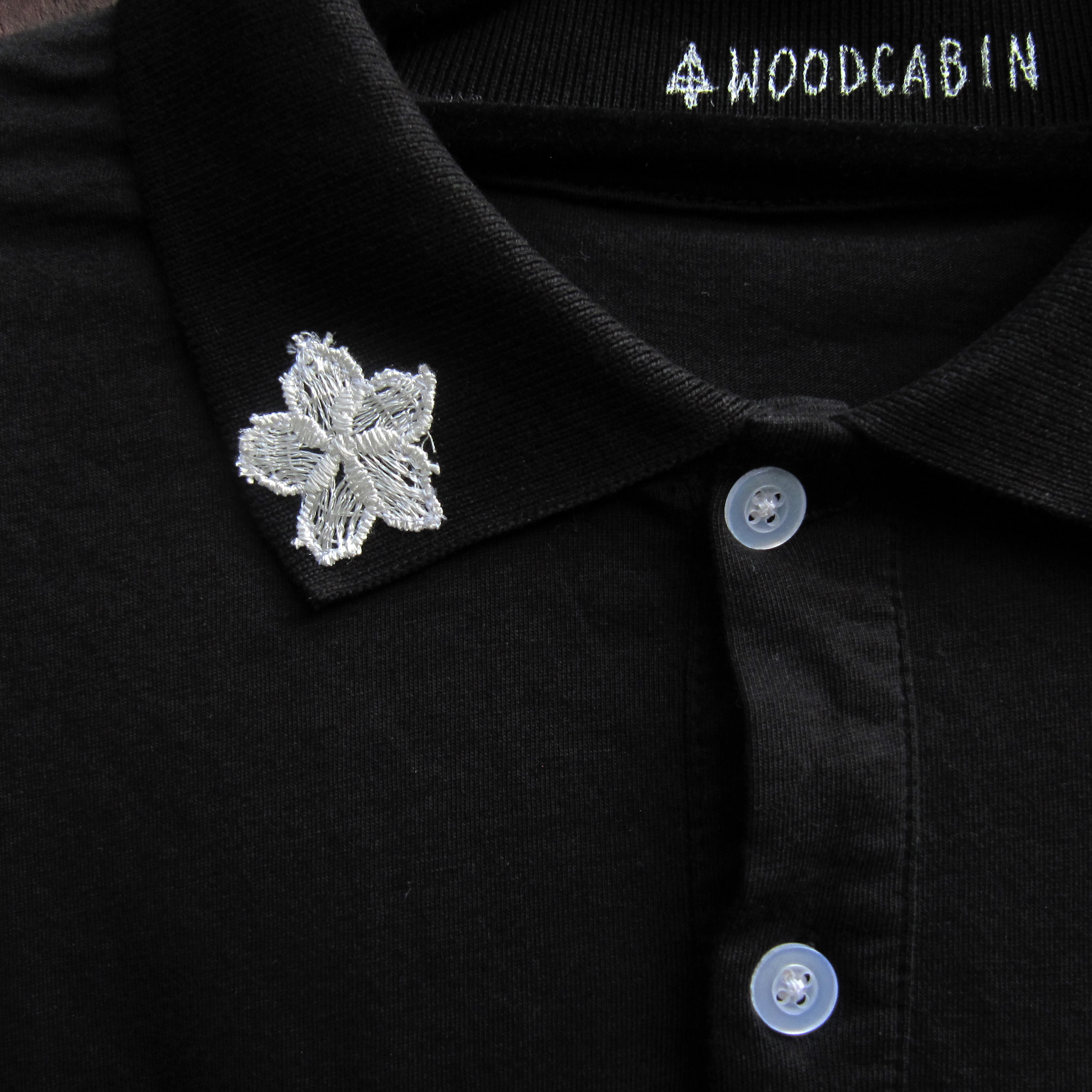
Secondhand Clothes
Secondhand clothes is a bit of a misnomer, since I’m using all kinds of used textiles, like upholstery fabrics or even lace doilies. What they all have in common is that they have already been used by a previous owner, that’s why this category is called post-consumer waste, in contrast to pre-consumer waste like deadstock fabrics. But that doesn’t mean it’s worse for wear! Often clothes are discarded before being worn out, or there are small damages that don’t detract from the fabric’s quality at all and can easily be worked around.
Woocabin gets their secondhand textiles mostly from friends and family, as well as small businesses like Planet Upcycling and Oxfam Dortmund, that are also working to minimize textile waste. Quite a few clothes are from my own wardrobe too.
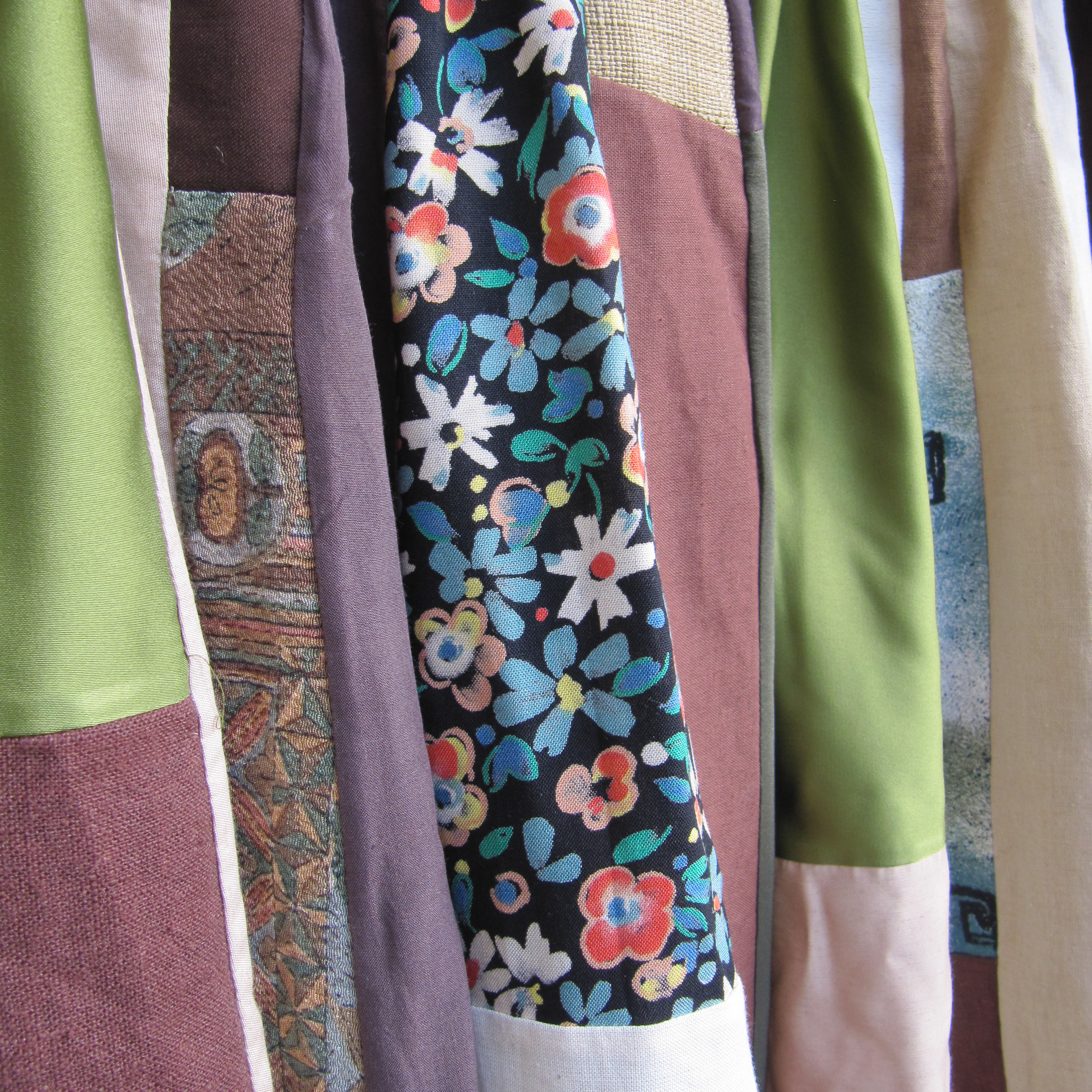
Leftover Material
Leftovers encompass a whole range of different materials from different origins. But all of them are smaller amounts of fabric that, like deadstock material, can no longer be used for its purpose. Most of these are smaller fabric scraps, left over from previous projects, either of my own or from other makers and friends, but sometimes the scope of a project is overestimated and a bigger swath of fabric falls to the side during production. Furthermore the material of prototypes is always put to further use.
Since its conception, Woodcabin has always made an effort to use the majority of fabric scraps and since 2022 is not discarding any fabric scraps anymore. Instead I’m looking for new ways to use even the tiniest bits, i.e. as stuffing for pillows or quilts.
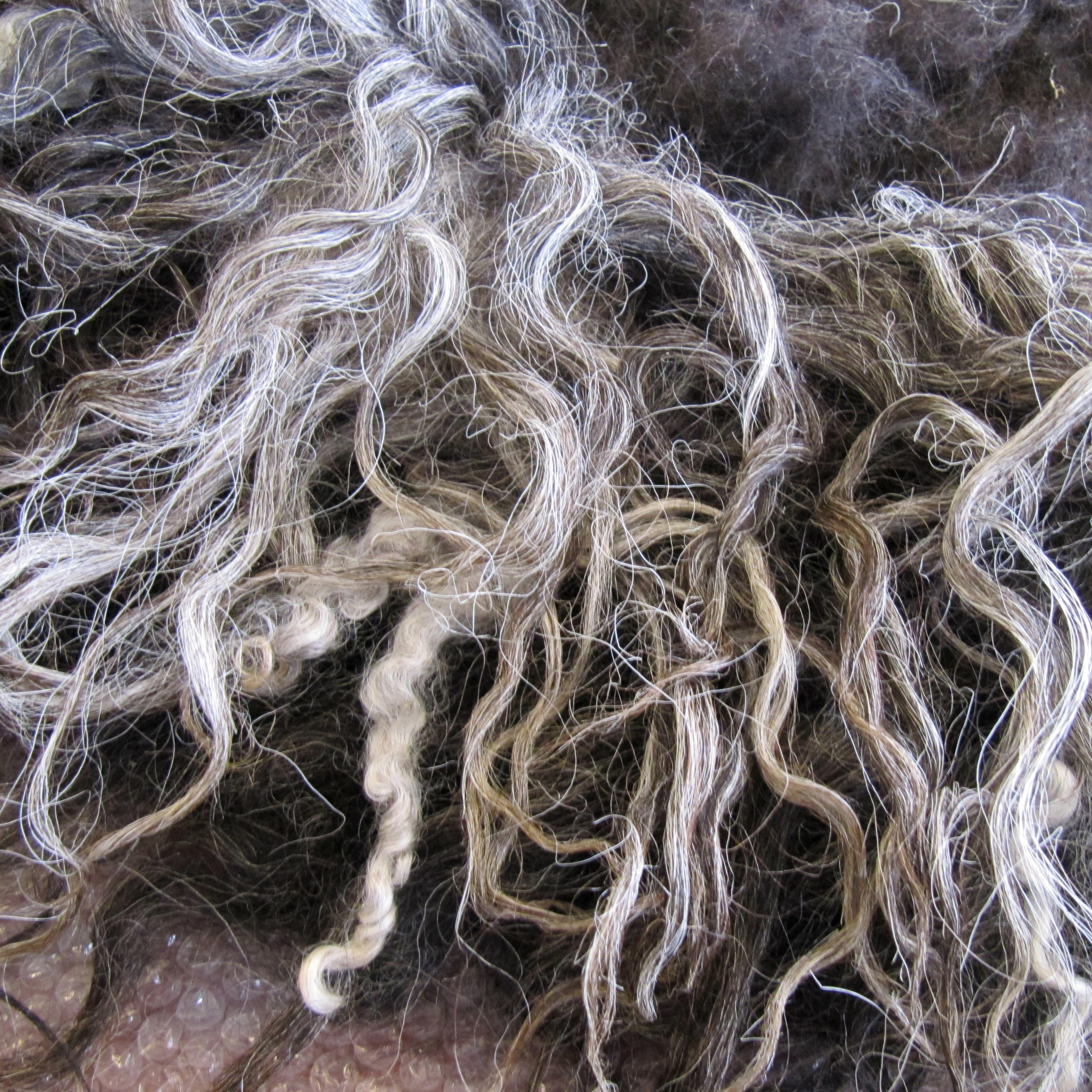
Animal Products
Woodcabin only uses upcycled leather, fur, feathers and silk! I strongly believe that no animals (or humans) should be harmed for the sake of fashion, however the quality of these materials is indisputable – and by making used of what’s already there, we’re keeping them out of the waste stream!
Wool is either sourced from sustainable small farmers or upcycled. I believe in supporting local small businesses that have the welfare of their animals as well as the planet in mind, which is why I’m supporting them by using their wool. However, most of the wool used is already processed and thus upcycled, either as deadstock fabric or from secondhand clothing. This also means that no additional resources are used to process the wool and spin or felt the fibers into a wearable textile.
Improvement Plans
While some of the yarn used to sew your clothes is secondhand and of natural origin, most of it is newly purchased virgin synthetic yarn, which is something I’m looking to change. Since 2022 all newly bought yarn is made from natural or recycled fibers and dyed with environmentally friendly dyes and, similar to how I’m fading out the synthetics in my fabric selection, the synthetic yarns in my storage will be used up so as to not add them to the waste stream. The yarns used for each item are always listed in the detailed procuct list on my website. Since 2022, yarn scraps are also being kept to use as stuffing for other products, so they are kept out of the waste stream as well. I’m also gradually shifting to using mostly secondhand clothing as materials and by 2025 will only source deadstock material that has been produced ethically and in a sustainable way. Until then all deadstock fabric will be obtained from local small businesses.
Just like with the yarn, other additional items needed for making clothes, like buckles, buttons and trims, are still sourced non-sustainably. I am currently looking to find local suppliers who are producing the things I need in an environmentally friendly and socially ethical manner and if possible from recycled materials. As of now the majority of buttons is secondhand and a lot of the trims are as well.
So far I have mostly using dyeing salts for machine use to dye clothes if neccessary, since I am working from my shared flat and have not yet acquired the knowledge to use other kinds of dyes. However by 2025 I want to only use low-impact dyes, like fiber-reactive or botanical ones. Until then I am already severely limiting my use of chemical dyes and am experimenting with natural alternatives. Dyes I have applied myself are always listed.
Care Instructions
Textile care is so important for how long your garment will stay pretty and above all, how long the fabric will hold up. I’m always delivering detailed care instructions with each garment, but her are a few rules of thumb that work for most Woodcabin pieces.
First off, try to wear your clothes as often as possible before you wash them. That way you don’t only save water, but every wash cycle is a strain on the fabric, so the less of those your clothes have to go through, the longer they’ll last you!
Other than that, usually washing your garments at no more than 30°C (86°F) in the delicate cycle with corresponding detergent is fine. However hand washing a garment is always the best solution of course. Almost every piece can easily be ironed on low temperatures. Do not tumble dry, dry clean or bleach your Woodcabin garments.
